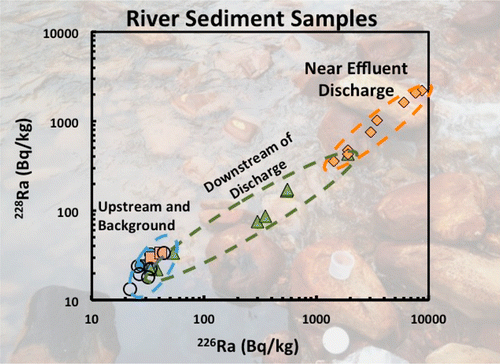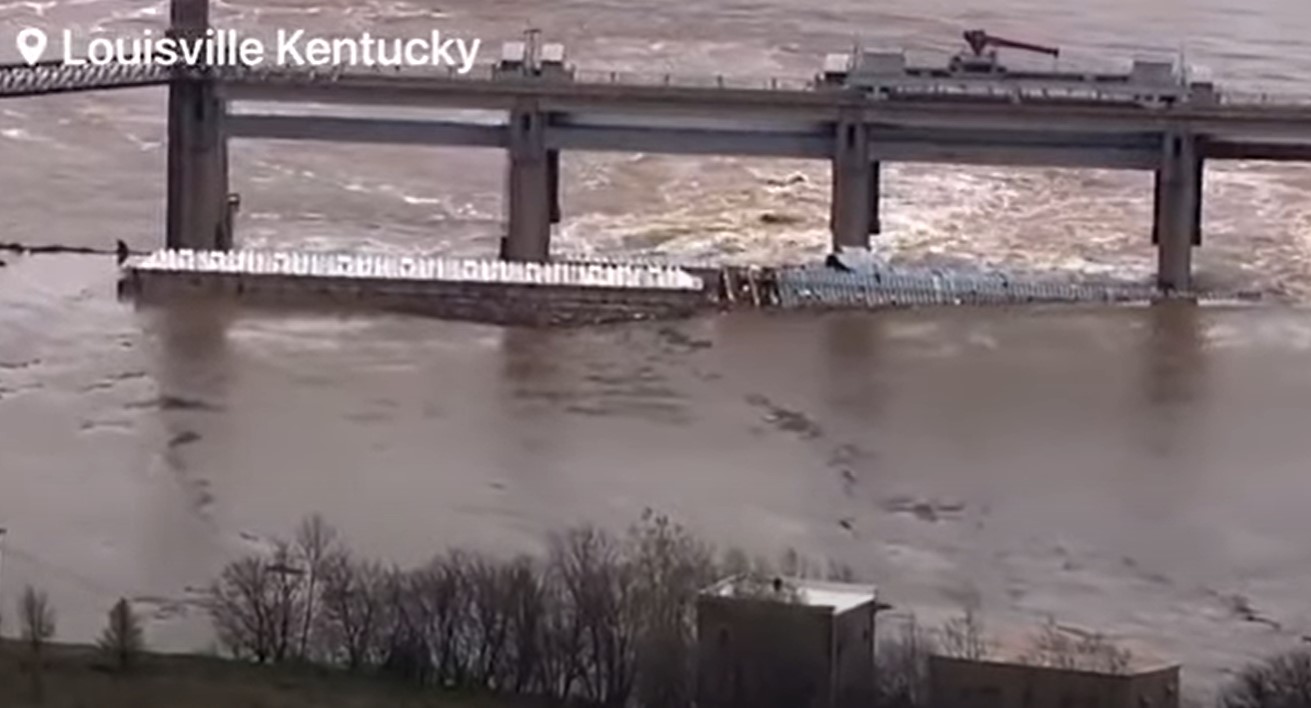Breaking news: High levels of radioactivity and salinity have been found in river water and sediments near a wastewater discharge site connected to a fracking operation in Pennsylvania.

In its research paper entitled:”Impacts of Shale Gas Wastewater Disposal on Water Quality in Western Pennsylvania,” a research team from the Duke University analyzed sediments and water samples from a creek in western Pennsylvania where treated fracking wastewater is discharged.
Their results show that some samples collected near below the Josephine Brine Treatment Facility discharge were 200x more concentrated in radium than samples collected upstream from the treatment plant. In other words, some of the discharged water is flowback from the expansive Marcellus shale deposit, which is naturally high in salinity and radioactivity. The fracking wastewater is treated before it’s released into the waterways, but the researchers say the treatment does not remove all unwanted matter.













Thanks! This needs wide reading!
we need more water treatment plants in PA. I know of candidates near Lycoming county that could be rettoled ino just this.
[…] Sounds – Breaking news: High levels of radioactivity and salinity have been found in river water and sediment… < what are they doing with that waste water at Lake FUBAR […]